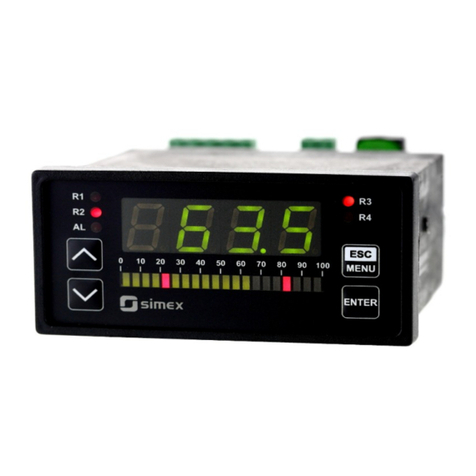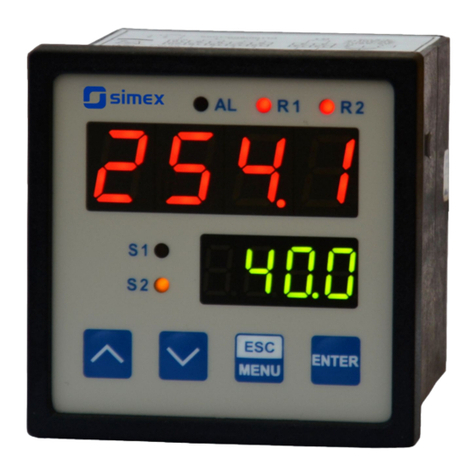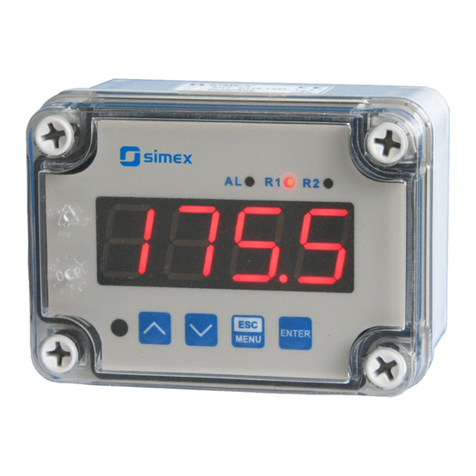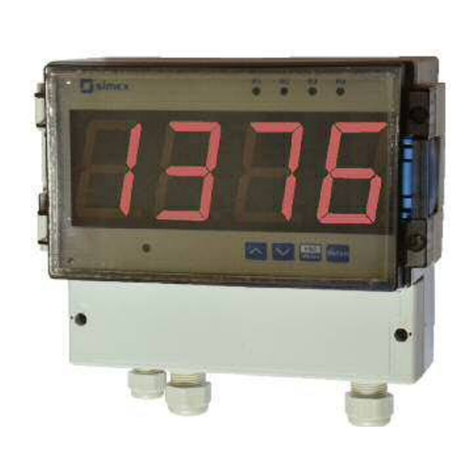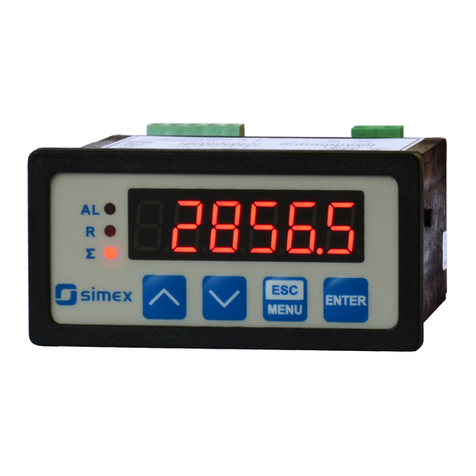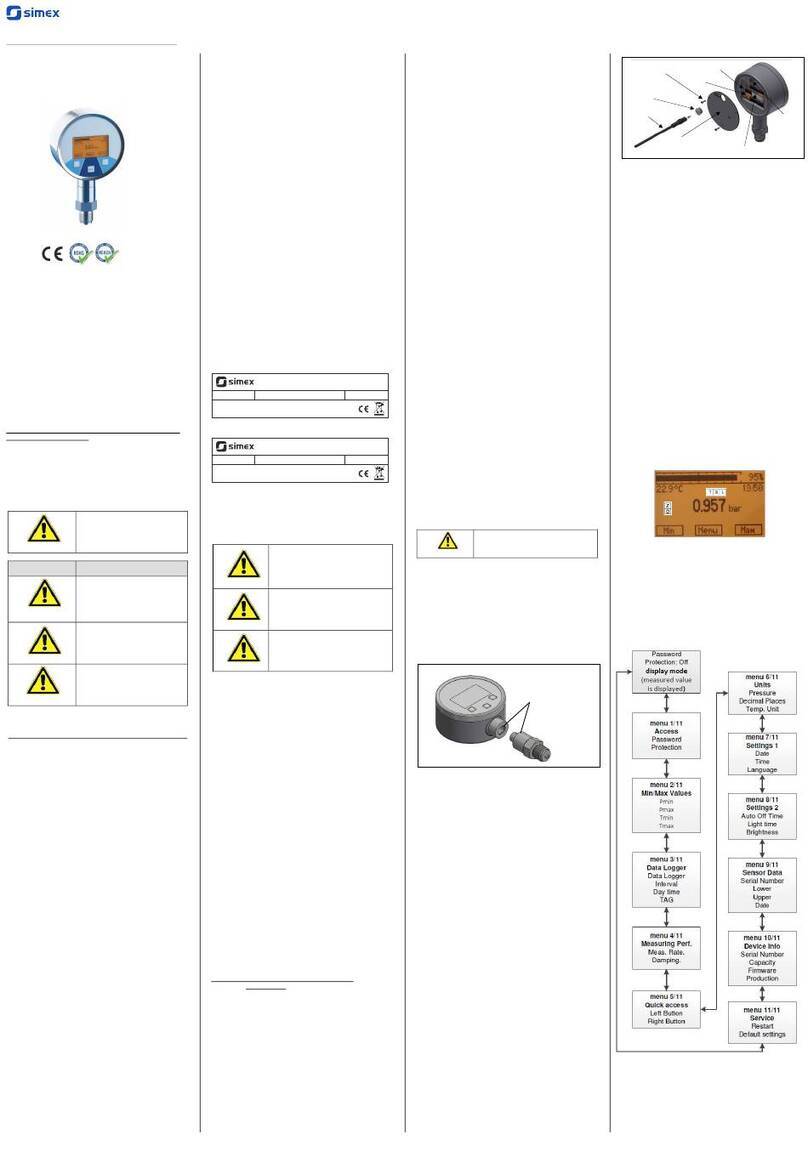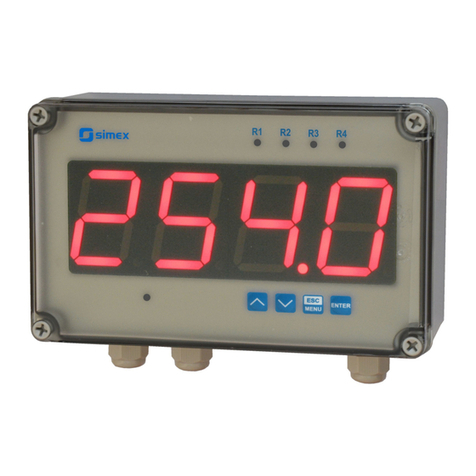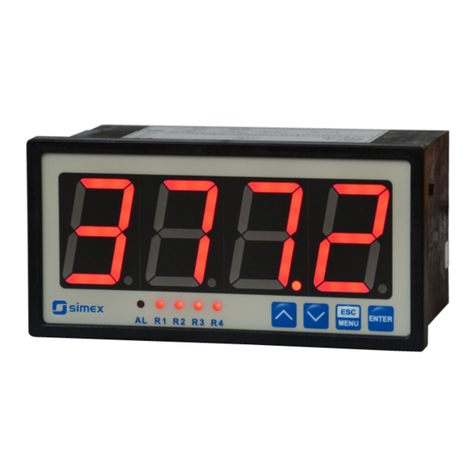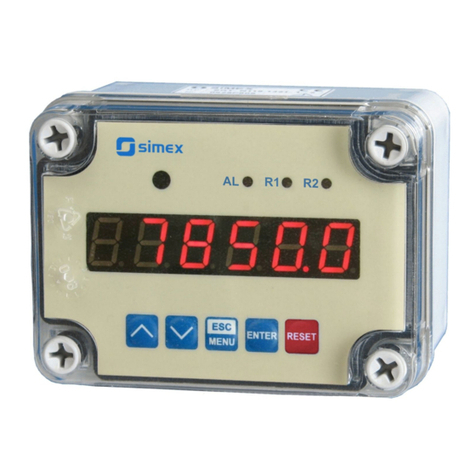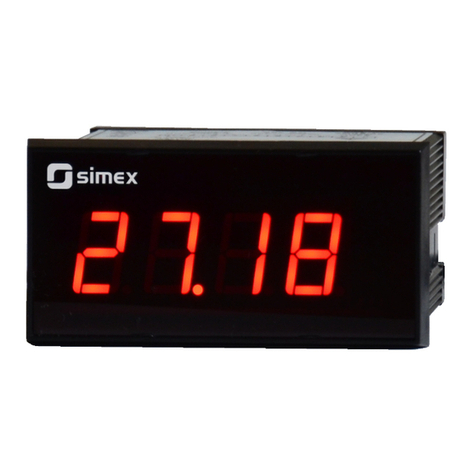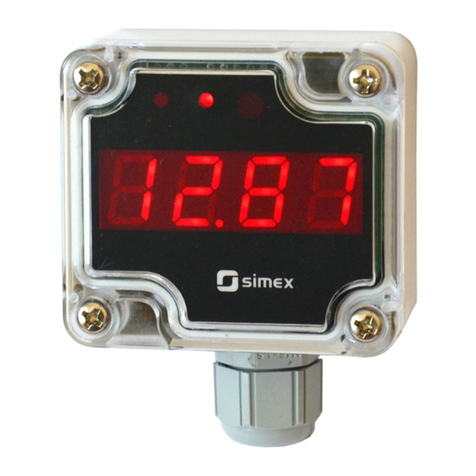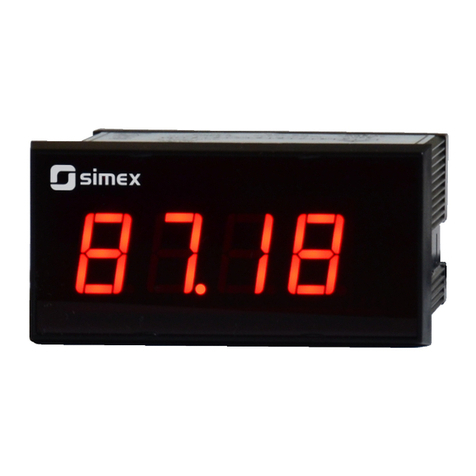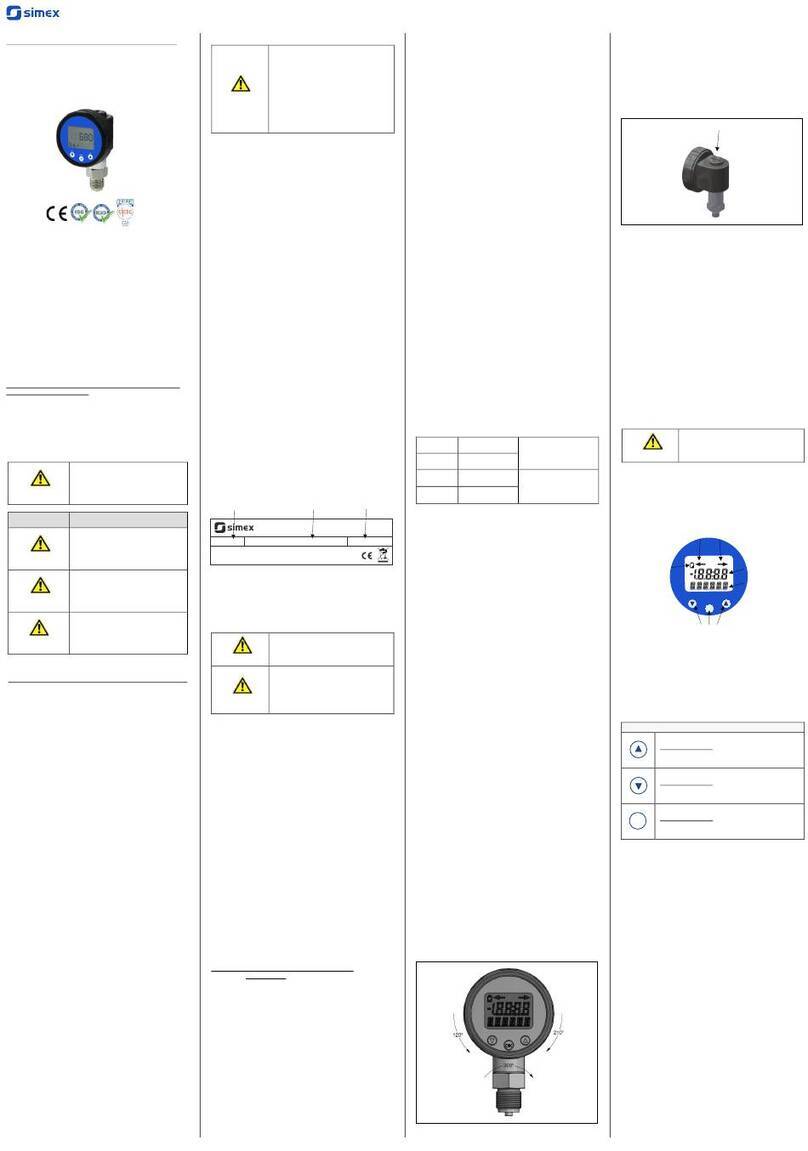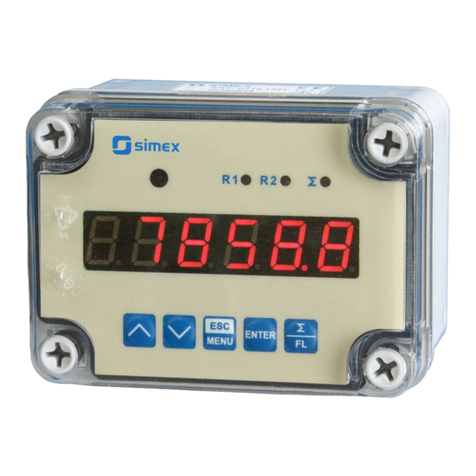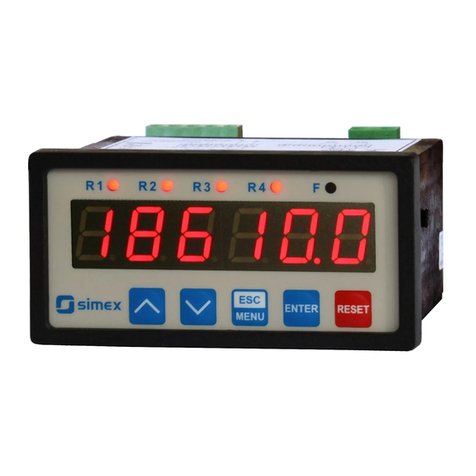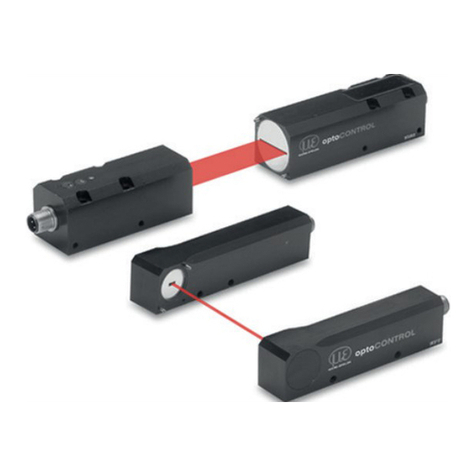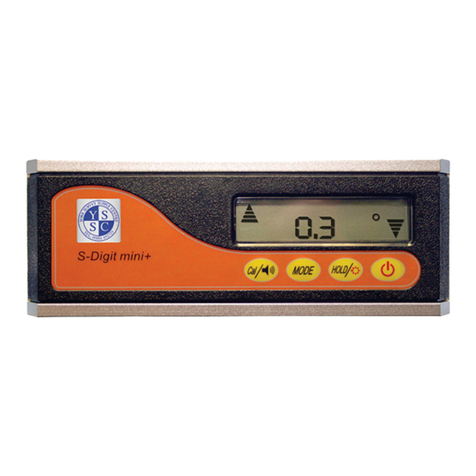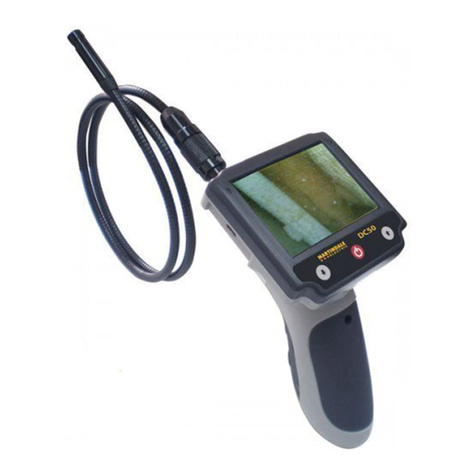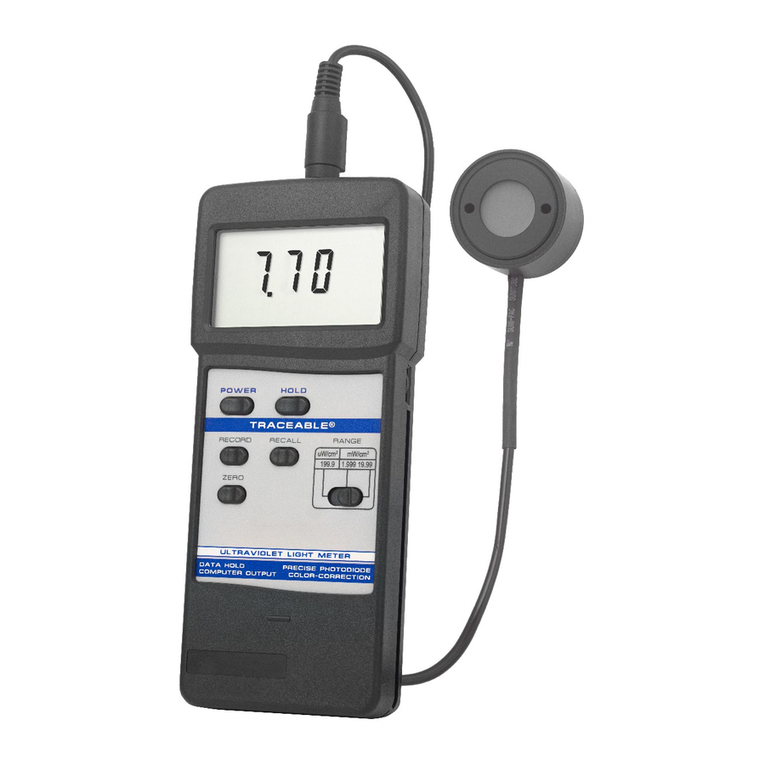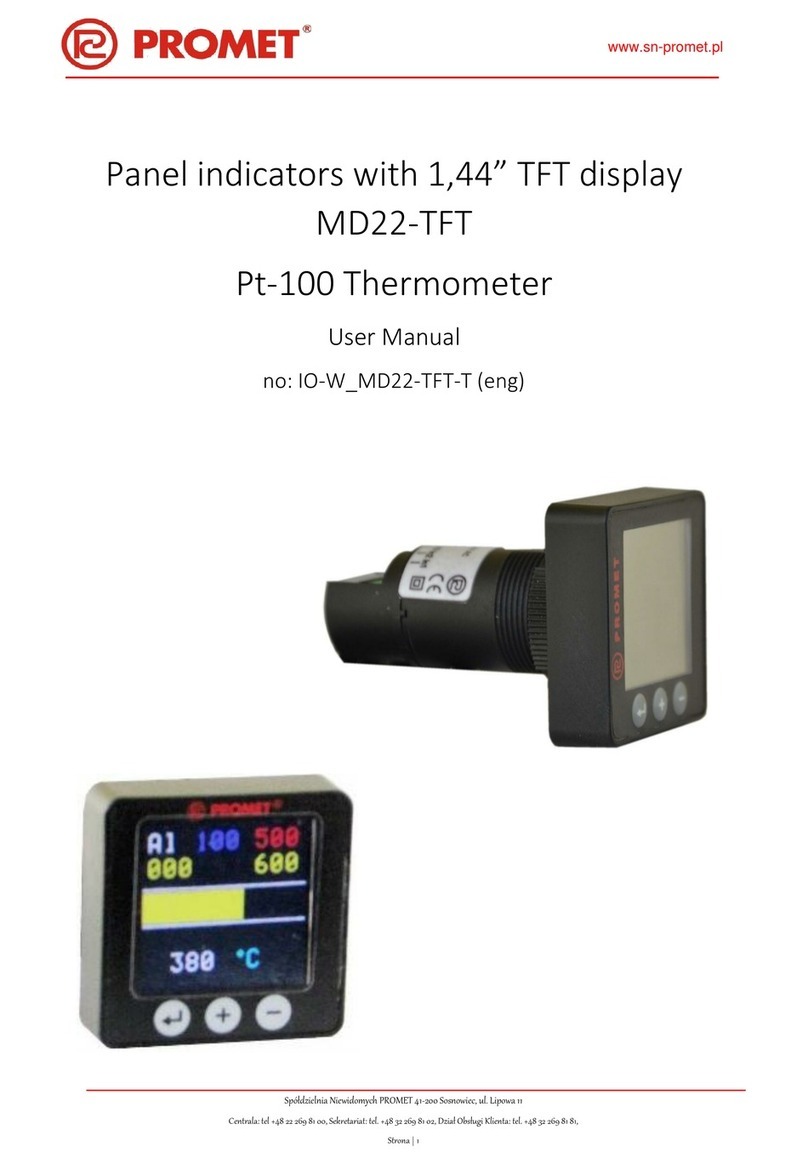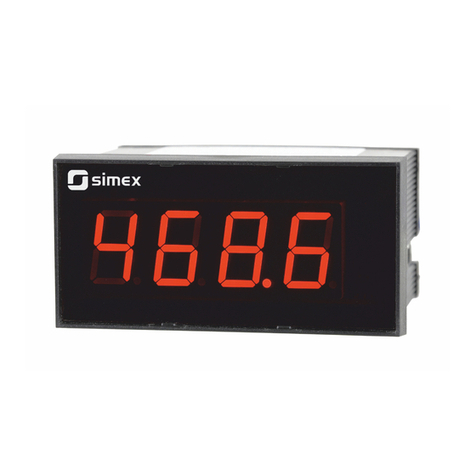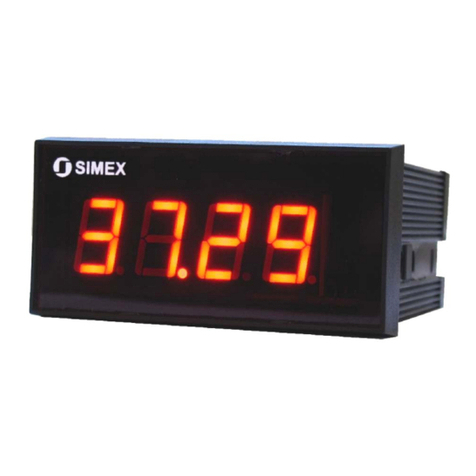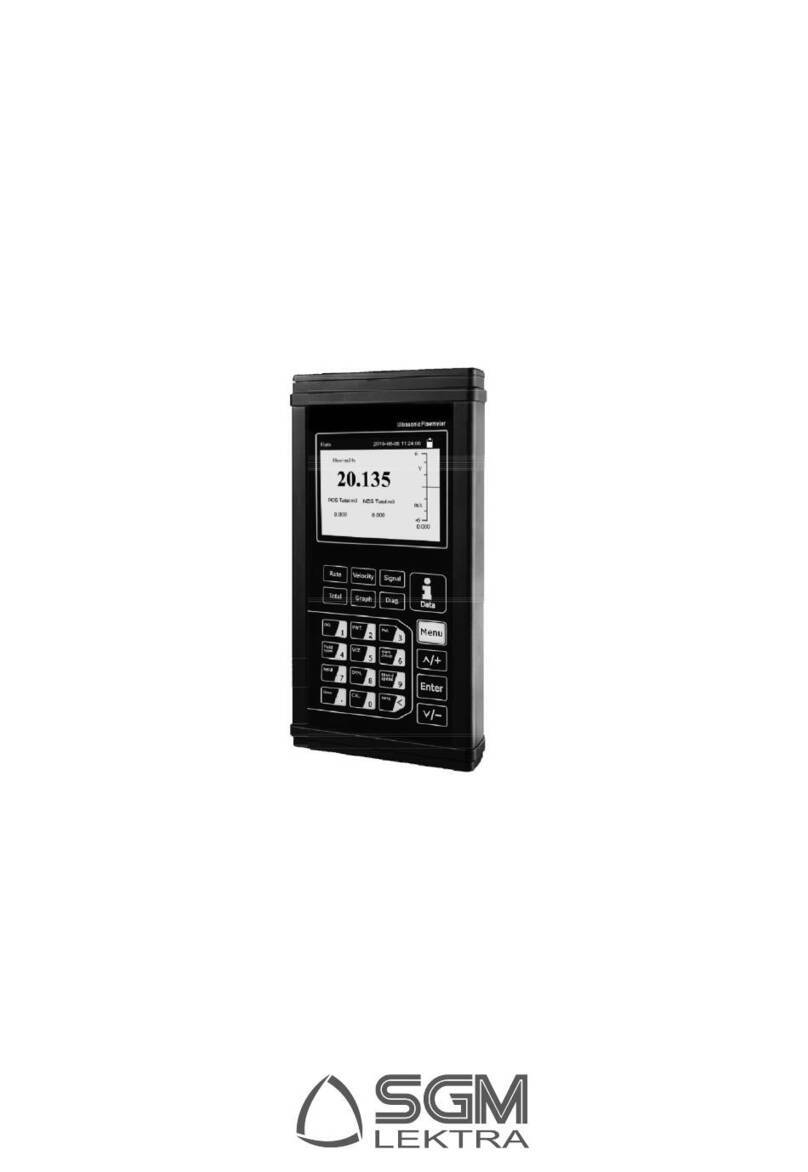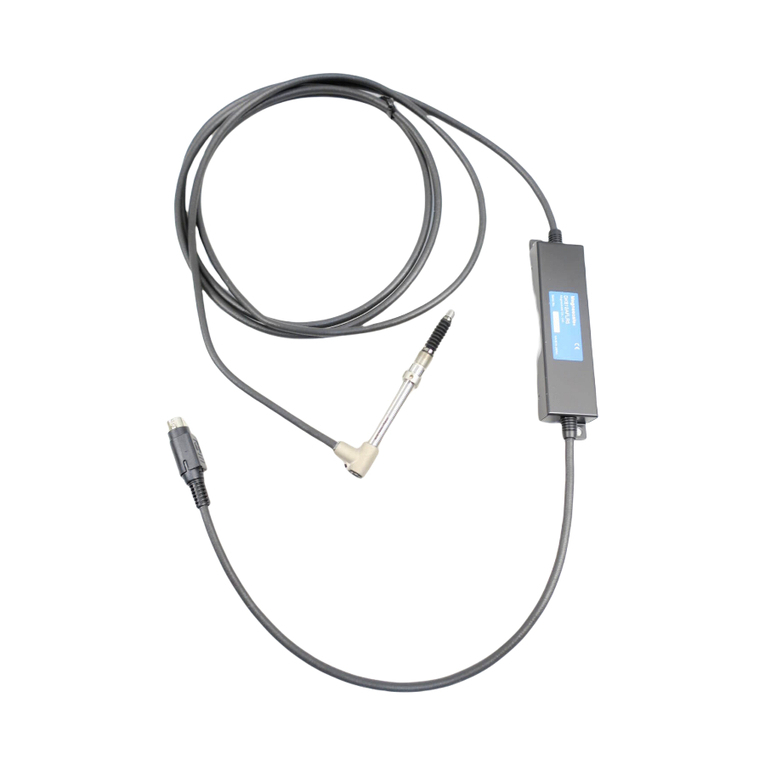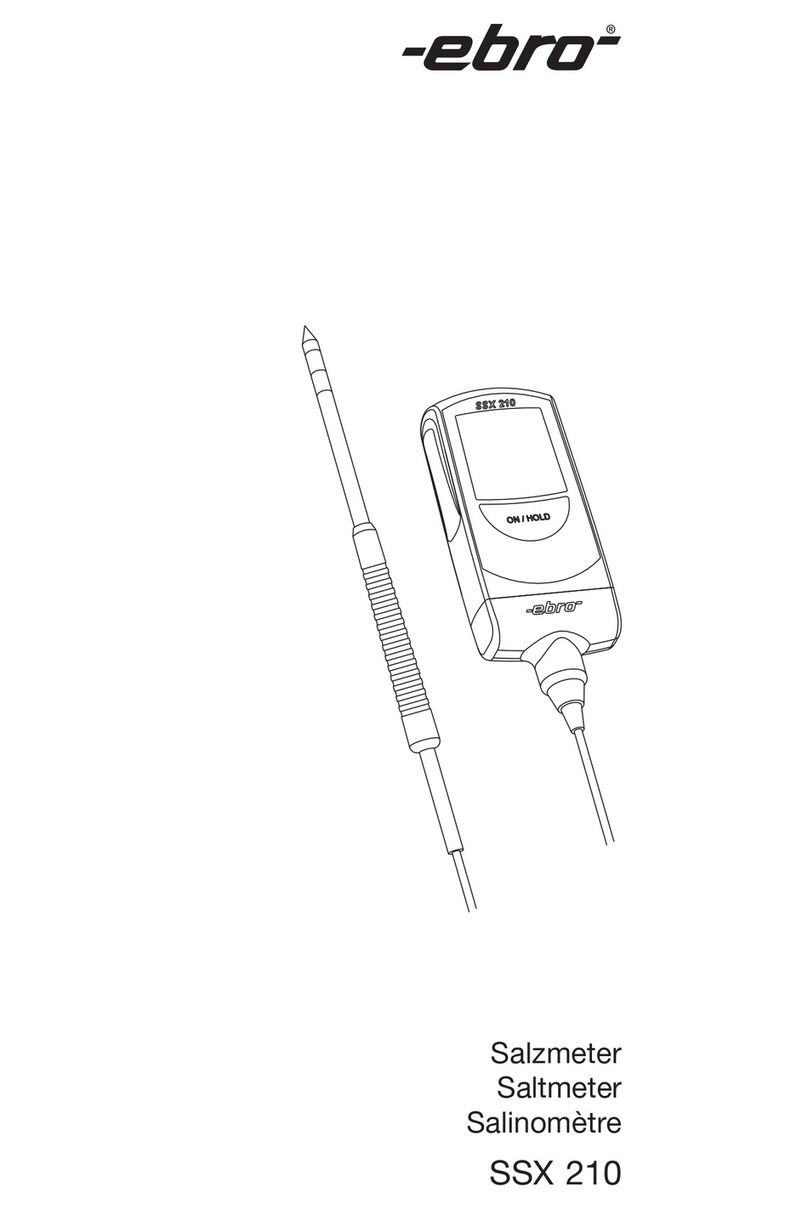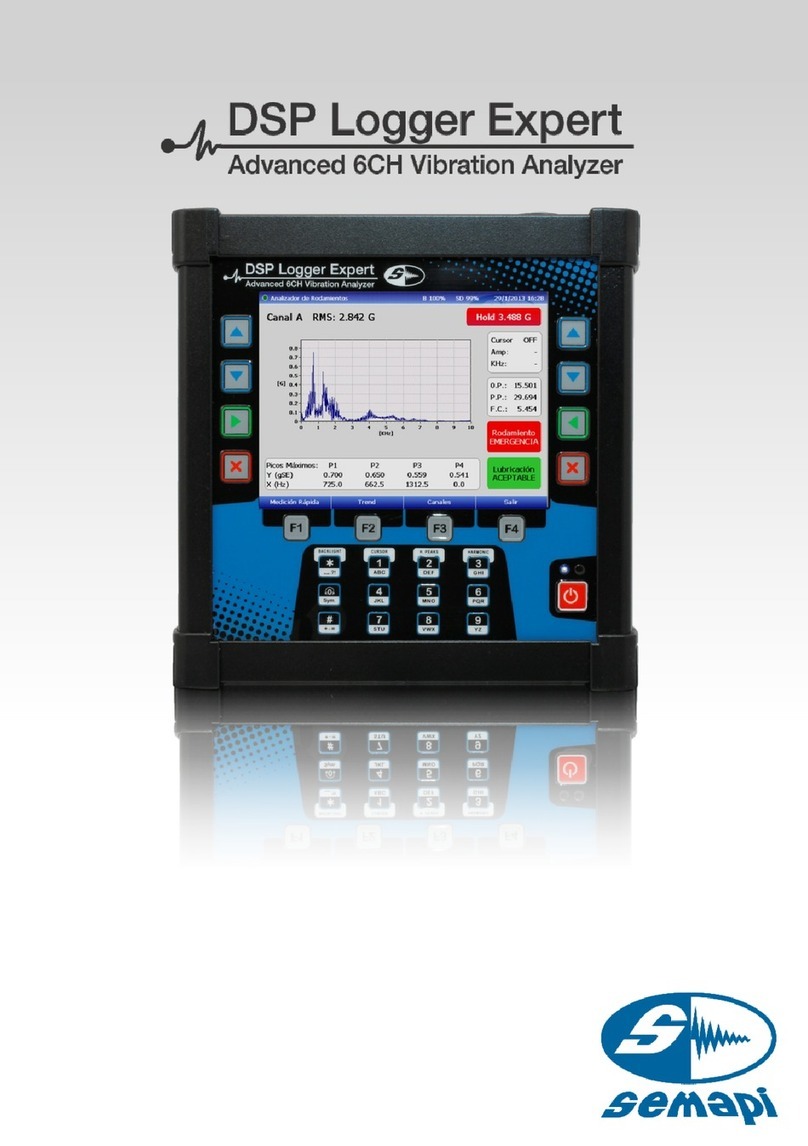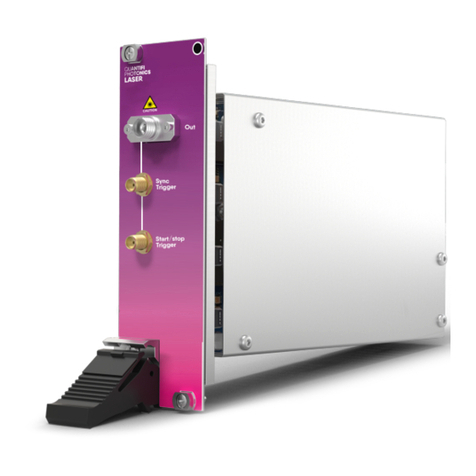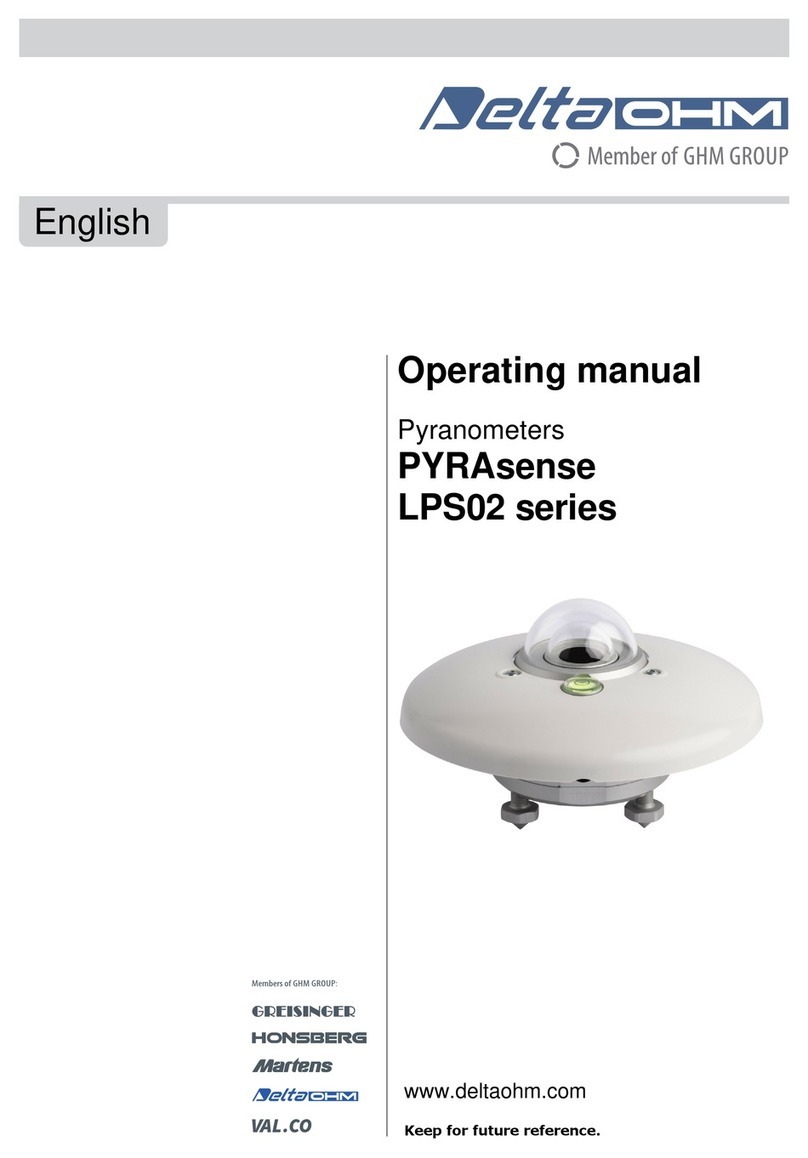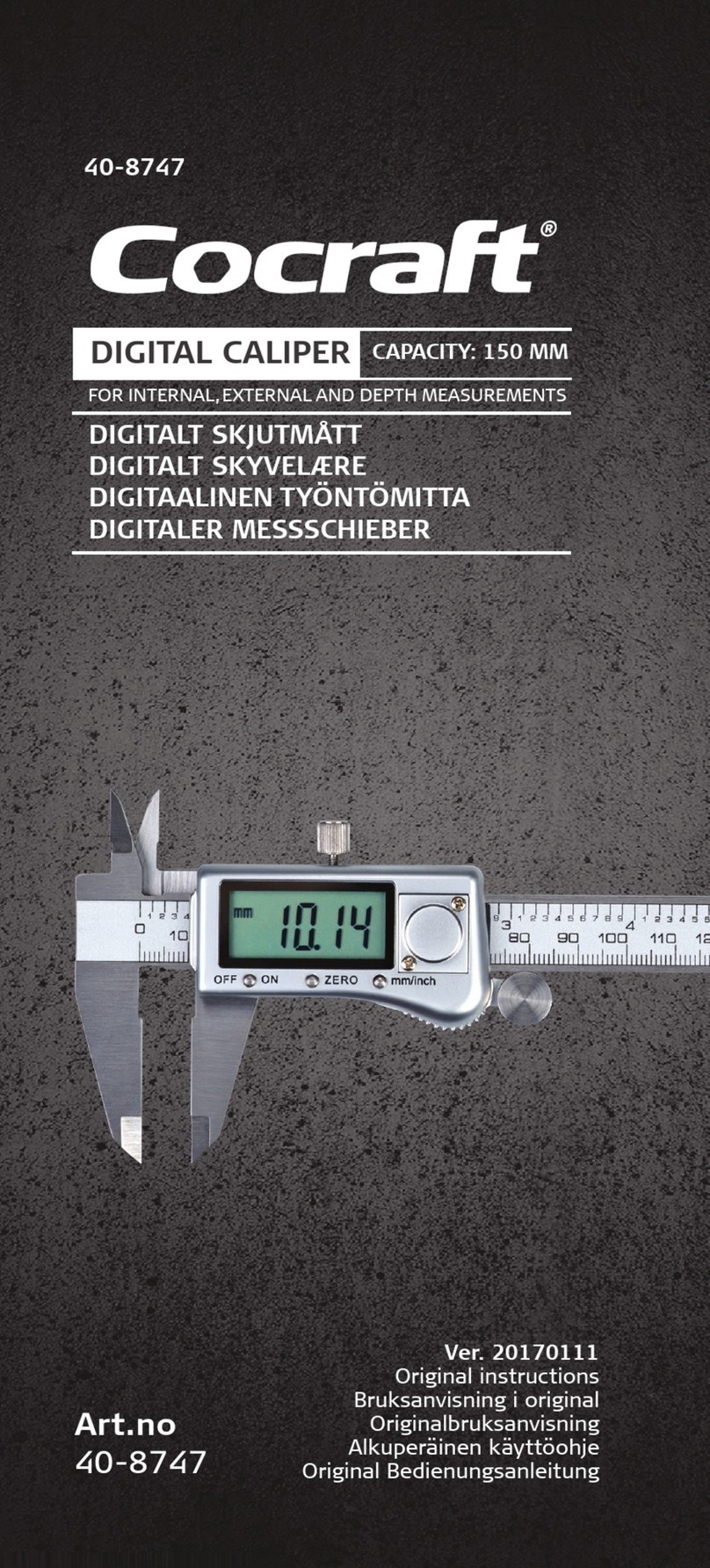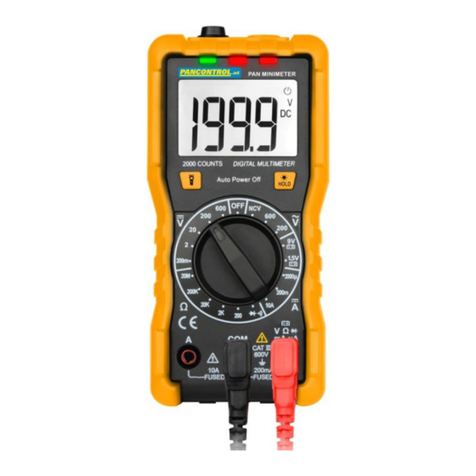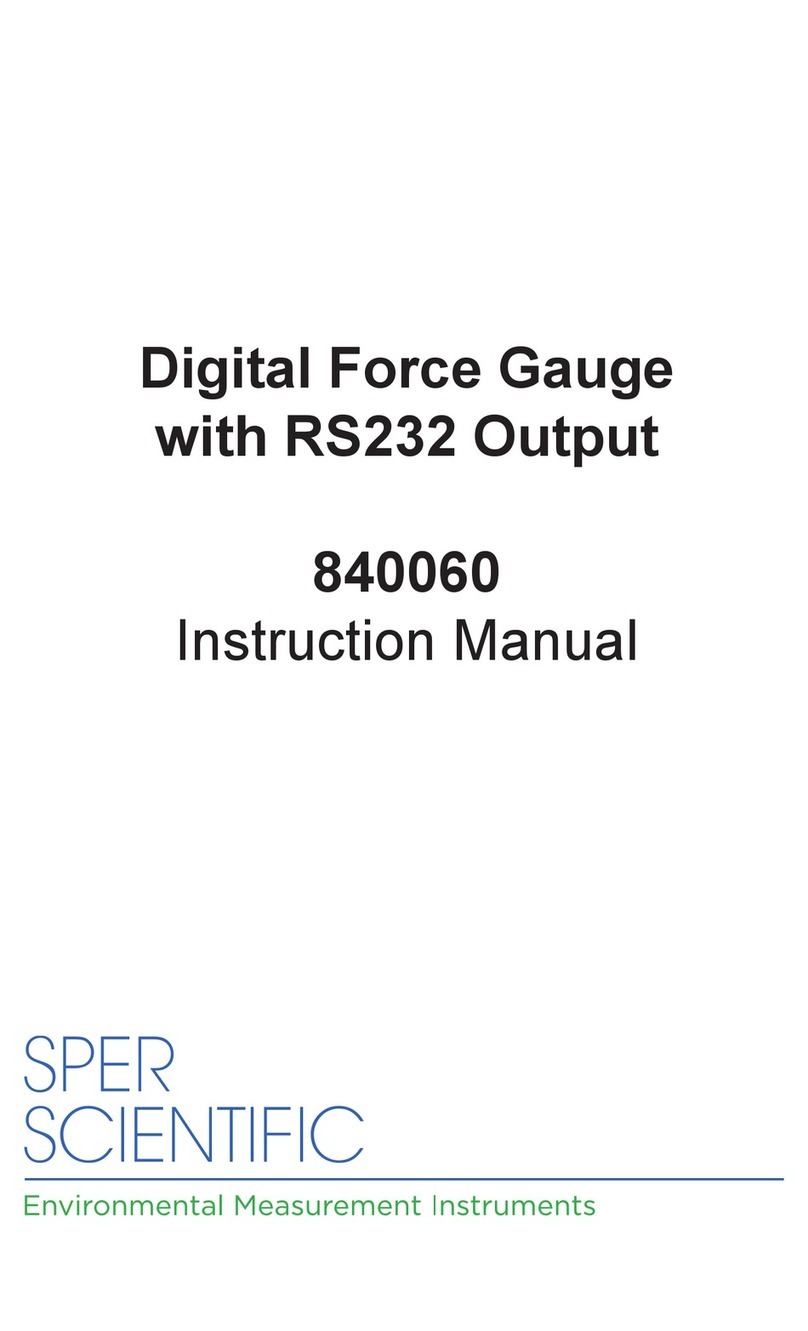User manual - METER SRT-L70
CONTENTS
1. BASIC REQUIREMENTS AND USER SAFETY........................................................................................3
2. GENERAL CHARACTERISTICS................................................................................................................4
3. TECHNICAL DATA......................................................................................................................................4
4. DEVICE INSTALLATION............................................................................................................................6
4.1. UNPACKING.......................................................................................................................................6
4.2. ASSEMBLY........................................................................................................................................6
4.3. CONNECTION METHOD...................................................................................................................6
4.4. MAINTENANCE................................................................................................................................10
5. FRONT PANEL DESCRIPTION................................................................................................................11
6. PRINCIPLE OF OPERATION...................................................................................................................11
6.1. MEASUREMENT MODE..................................................................................................................11
6.2. DETECTION OF THE PEAK VALUES............................................................................................12
6.3. CONTROL OF THE RELAY OUTPUTS..........................................................................................13
6.3.1. One hreshold mode................................................................................................................15
6.3.2. Two hresholds mode..............................................................................................................16
7. DEVICE PROGRAMMING.........................................................................................................................17
7.1. PROGRAMMING MENU..................................................................................................................17
7.2. PARAMETERS EDITION.................................................................................................................18
7.2.1. Numeric parame ers (digi change mode)...............................................................................18
7.2.2. Numeric parame ers (slide change mode)..............................................................................18
7.2.3. Swi ch parame ers (“LIST” ype).............................................................................................19
7.3. MENU DESCRIPTION.....................................................................................................................19
7.3.1. “rEL1” menu.............................................................................................................................20
7.3.2. “inP ” menu..............................................................................................................................22
7.3.3. ”bri” parame er.........................................................................................................................22
7.3.4. ”HOLd” menu...........................................................................................................................22
7.3.5. ”SECu” menu...........................................................................................................................23
7.3.6. ”rS” menu.................................................................................................................................23
7.3.7. ”Edi ” parame er......................................................................................................................24
7.3.8. ”dEFS” parame er....................................................................................................................24
7.3.9. ”SErv” menu............................................................................................................................24
7.4. MENU STRUCTURE........................................................................................................................25
8. THE ALARM LED......................................................................................................................................26
. THE MODBUS PROTOCOL HANDLING.................................................................................................26
9.1. LIST OF REGISTERS......................................................................................................................26
9.2. TRANSMISSION ERRORS DESCRIPTION....................................................................................29
9.3. EXAMPLES OF QUERY/ANSWER FRAMES.................................................................................29
10. DEFAULT AND USER'S SETTINGS LIST.............................................................................................32
2




















